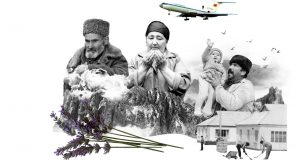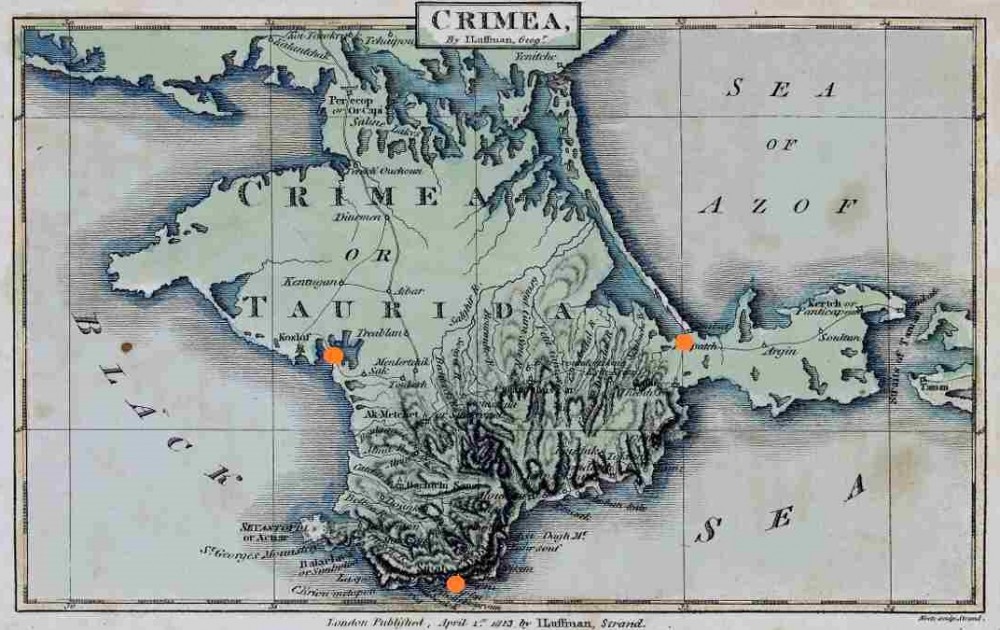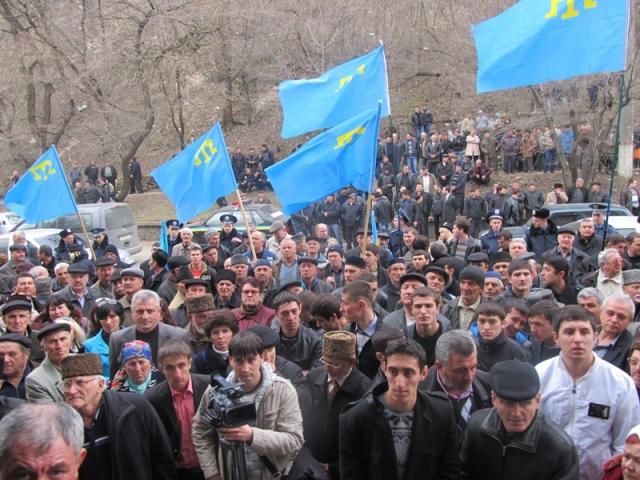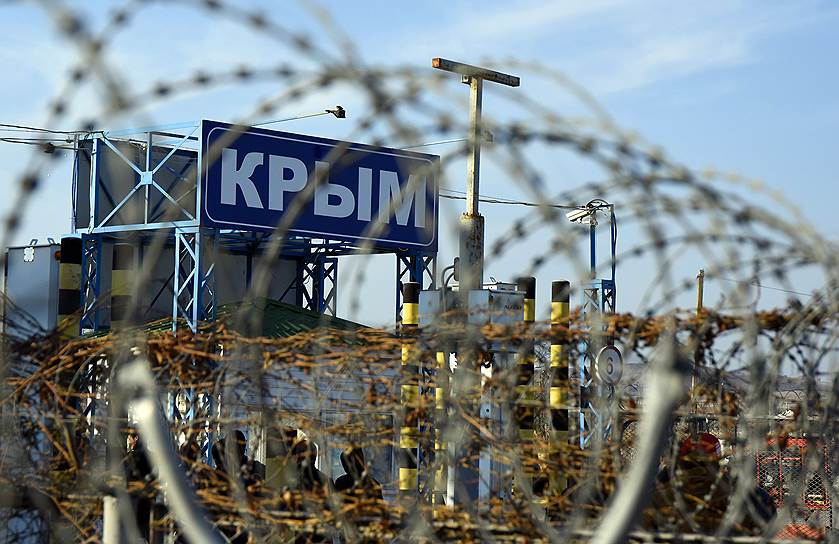The long way home: deportation and return of Crimean Tatars to their Homeland
The documentary, aired by Ukraine's Public Broadcaster Suspilne, is part of the project "NASHI 30" ("Our 30's"), which on the eve of Ukraine's 30th independence day is paying homage to the tumultuous events of the days when the USSR was already crumbling, but a new life was yet to emerge.
The film consists of narratives recounting how Crimean Tatar families returned to Crimea after a long period of exile and suffering in remote Russian territories. The protagonists explain how they began a new life away from home, in a strange and cold land, where they were denied proper housing, decent work, with little local support, and persistent difficulties in dealing with Soviet bureaucracy.
Ten things about the Crimean Tatar deportation you always wanted to know, but were afraid to ask
The filmmakers, journalists Natalia Humeniuk and Anna Tsyhyma, wanted to give the survivors the opportunity to recount their return to Crimea, how and why Crimean Tatars were so determined and united to return, and the fate of those who were forced to leave their homes again in 2014, when Russia invaded and occupied Crimea.

The Crimean Tatars, led by the Crimean Tatar National Movement Organization, were not allowed to return to Crimea from exile until the beginning of Perestroika in the mid-1980s. Upon their return, they were faced with opposition from both local authorities and the brainwashed, propaganda-ridden population. The Soviet authorities in place at that time called it a “Tatar takeover,” but for the Crimean Tatars it was a “historic reset.”
“In 1991, Crimean Tatars welcomed Ukraine’s independence, hoping that the young state would treat them fairly and that they would no longer be considered second-class citizens. Unfortunately, inertia and apathy, inherited from the Soviet regime lasted years. The same Soviet-formed officials remained in power. Crimean Tatars continued to rally, organize strikes and pickets… so the authorities used force and intimidation, as was the case in the village of Chervony Rai. It took years for the wall between the Crimean Tatars and the local population to disappear,” description of the documentary.
After Russia’s invasion and occupation of Crimea in February 2014, many Crimean Tatars were again forced to flee persecution and seek a new life in other regions of Ukraine.
More information about the Crimean Tatars' return is available in Ukrainian on the website of the project.
- miners’ protests/strikes in the Donbas;
- environmental protests in the aftermath of the Chornobyl nuclear disaster;
- Ukraine and the war in Afghanistan;
- how Ukrainian women made ends meet during the turbulent 90s;
- Crimean Tatars return to their Homeland Crimea.
Euromaidan Press will be publishing documentaries from this project with English subtitles - keep tuned!





